Syn.: Erythrina coralloides sensu A. Gray, Erythrina purpusi Brandegee
Family: Fabaceae Lindl.
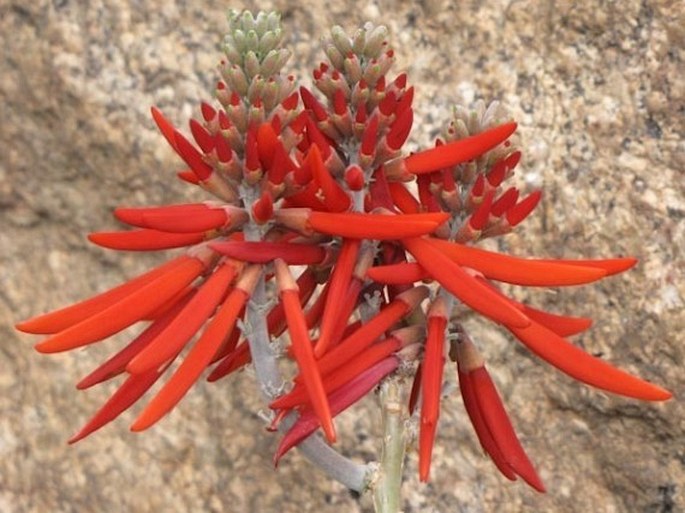
Distribution: States of Arizona and New Mexico, Baja California to Sonora, San Luis Potosi and Morelos.
Ecology: Sonora desert, plains to foothills. Flowers in May and June. As the flowers of this plant are frequented mostly by hummingbirds we can see the evolution of red, tubular, scentless flowers for pollination by specialized group of pollinators, the birds. The birds’ sense of smell is minimal but they have keen sense of colour.
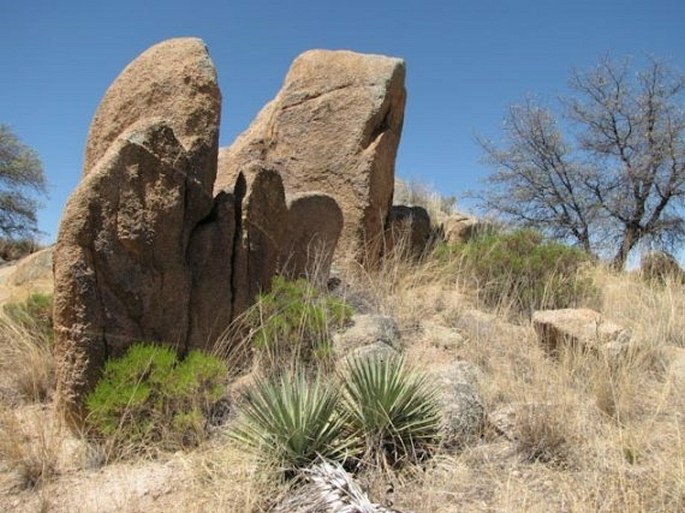
Description: A shrub or a small tree, leafless much of the year; in areas with frost as a shrub, in frostless areas as a small tree up to 4.5 m tall, caudiciform. Trunks or stems armed with prickles (modified stems), young stems glabrous, greenish or grey. Leaves alternate, green, hairy on one or both surfaces, divided in 3 fan-shaped leaflets. The flowers usually appear before the plants leaf out, followed by brown seedpods. Both terminal and axillary racemes, bracts very small or absent. Flower is Fabaceae design with tubular modification with diadelphous stamens, 9 united and 1 free, style terete. Fruit is an elongate straight legume, compressed between seeds, becoming woody with maturity, 3–10 seeds to a legume, seeds ovoid to rounded, with smooth surface, orange to red even black.
Notes: All parts of the plant are extremely poisonous, especially the seeds. This plant contains Erythrina alkaloids, which includes beta-erythroidine. This shrub, though beautiful in flower, is leafless and unattractive most of the year.
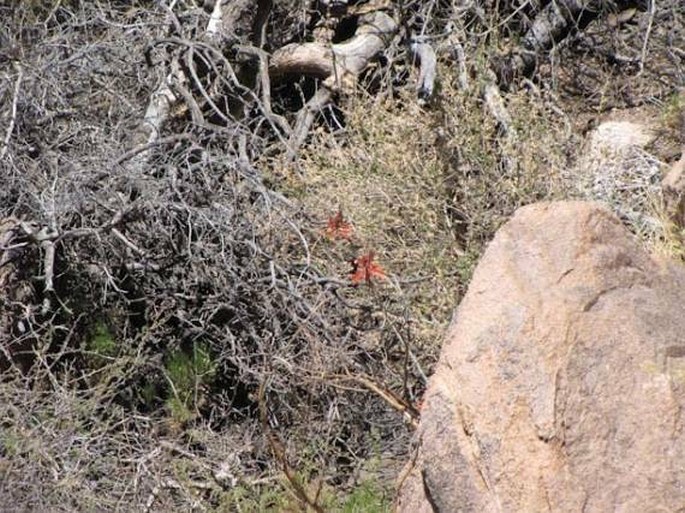
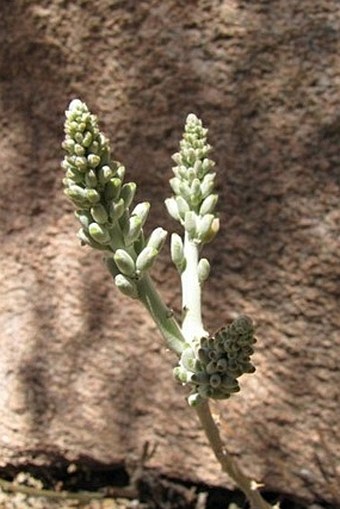
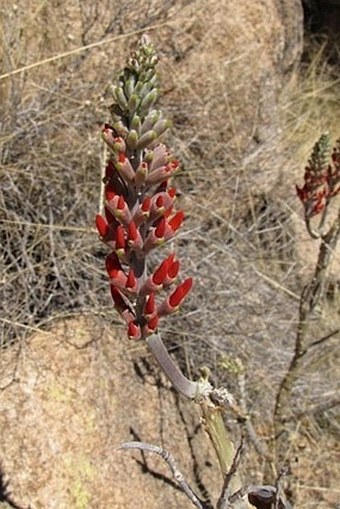
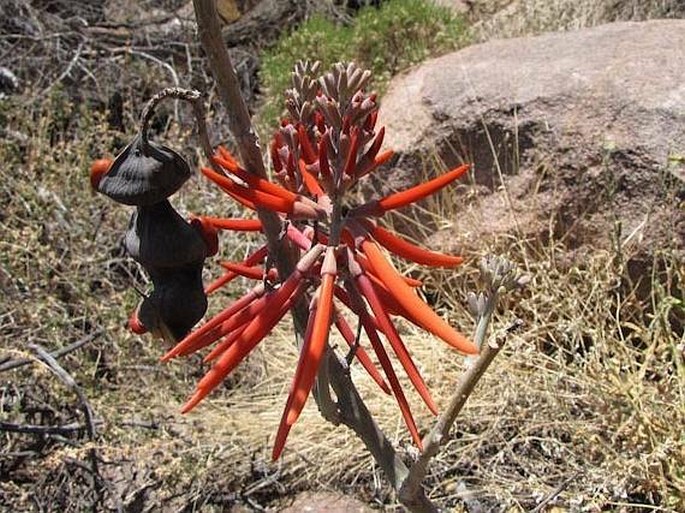
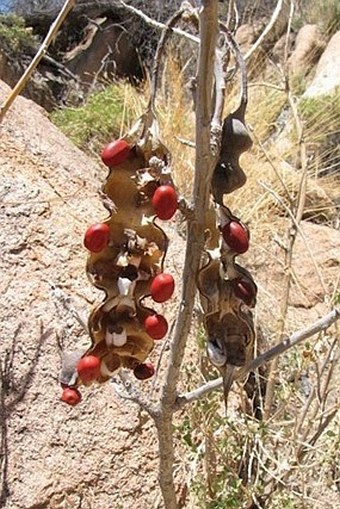
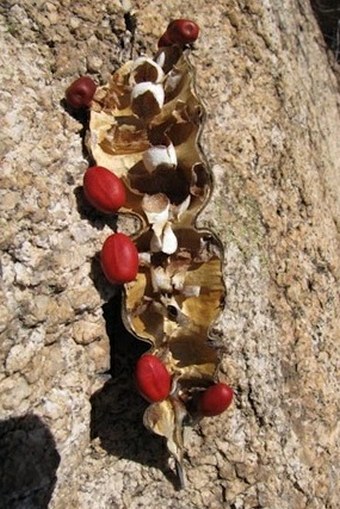
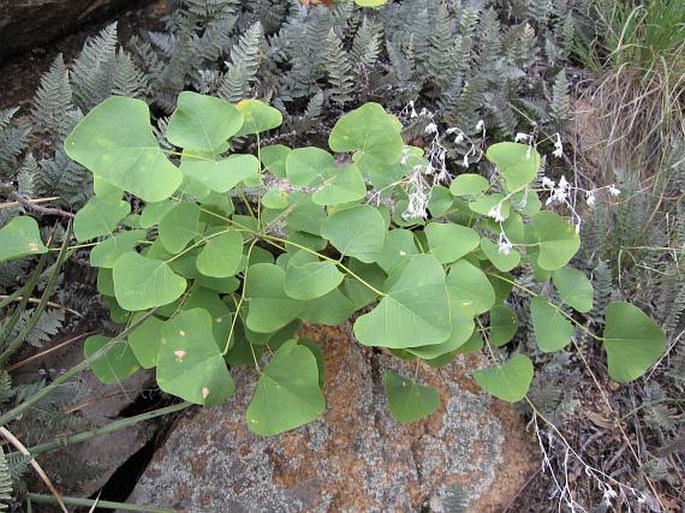
These images were taken in USA, in Arizona on the west side of the Dragoon Mountains (by Karel Bergmann, May 2009, and by Philip Bergmann, September 2009).


